
Performance Analysis
The first thing to note is that the vertical orientation benefits both the CPU and GPU more than the horizontal one, which is to be expected. For the CPU, it's only ever a difference of 2°C or less, as in both orientations its ventilation area remains unblocked. For the GPU, however, we see an increase of 13°C as the vent serving the GPU is next to the floor horizontally, thus limiting the availability of cool air.Relative to other cases, the CPU results are a little on the warm side, but the differences are very small. It's worth remembering that the Node 202 has a dust filter over the CPU vent whereas the windowed RVZ02 we tested did not. Still, the warmer results apply for both tests i.e. with and without the graphics card installed. Having the GPU there does warm up the CPU by 4°C or 5°C, but this isn't anything to be concerned about, and it doesn't affect either orientation significantly more than the other. While the two components are thermally separate for the most part, a graphics cards will still result in an appreciable increase of warm air in the case and around the other components.
The GPU results, however, are not very good. Even the best result, a delta T of 59°C in the vertical arrangement, is 8°C warmer than the SilverStone RVZ02 in its horizontal operation. When vertical, the RVZ02 is essentially as effective as having the card on an open bench, and a massive 20°C cooler. Such a big difference may at first seem odd given how similar the two are in their internal designs but the key, we believe, is the proximity of the GPU intake fan to the ventilation area. Fractal leaves a sizeable gap between the two to make way for fans, while in the SilverStone case the GPU is almost touching the case edge. There is also the fact that the tested SilverStone chassis had no dust filter whereas the Fractal one does, but going by the CPU results this shouldn't make this big a difference. If you're going to be gaming with the Node 202, we definitely recommend standing the case vertically or using the fan mounts – otherwise you risk throttling or excess noise as your GPU tries to make up for the airflow deficit.
Conclusion
The Node 202 is a great little chassis in many ways. It looks the part for a living room PC and, once you're inside, is surprisingly easy to work with and not even that bad for cable routing. Despite its size, you can install some powerful hardware inside and have yourself a lean, mean Steam Machine. With or without the PSU, it's also pretty good value, and remember again that the PSU has a handy short cable set.However, we do have some niggles. Firstly, getting into the case and closing it up again has got to be easier than it currently is, especially as it's needed to clean the dust filters. SilverStone solves this by having external filters, which of course don't look as sleek, but unclipping the bottom panel and realigning the top panel in the Node 202 are both processes that need work.
Second is the GPU cooling, and you shouldn't overlook this too quickly, especially in something designed for the living room as a hotter GPU means a louder one. Yes, Fractal does leave room for fans, but it seems that with most cards you'll only have room for slimline models which aren't massively effective. Plus, it's another cost and another potential source of noise. SilverStone's solution is simply more elegant, and it leaves the RVZ02 room to have easier to use 2.5in drive mounts, a slimline optical drive mount (arguably still relevant in the living room) and even a 3.5in HDD mount, provided your GPU is less than 200mm, which ITX versions of the GTX 970 and the R9 Nano both are. For gaming machines, a 3.5in HDD is an inexpensive means of storing today's massive games.
These two points of contention stop the Node 202 from earning an award, though that doesn't mean you won't get on with it – we can definitely see it winning people over with its looks, especially stood next to the less understated RVZ02. Either way, it will be interesting to see what other cases of this calibre emerge in the coming months as homemade Steam Boxes start to flourish.

MSI MPG Velox 100R Chassis Review
October 14 2021 | 15:04

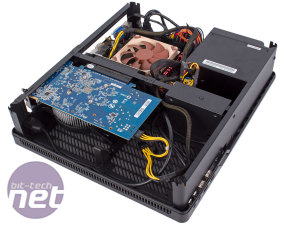
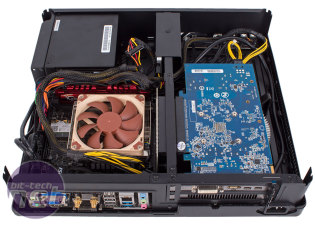
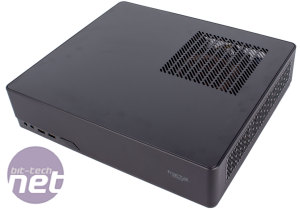
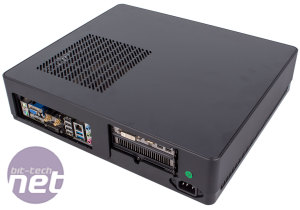
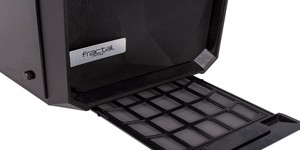






Want to comment? Please log in.